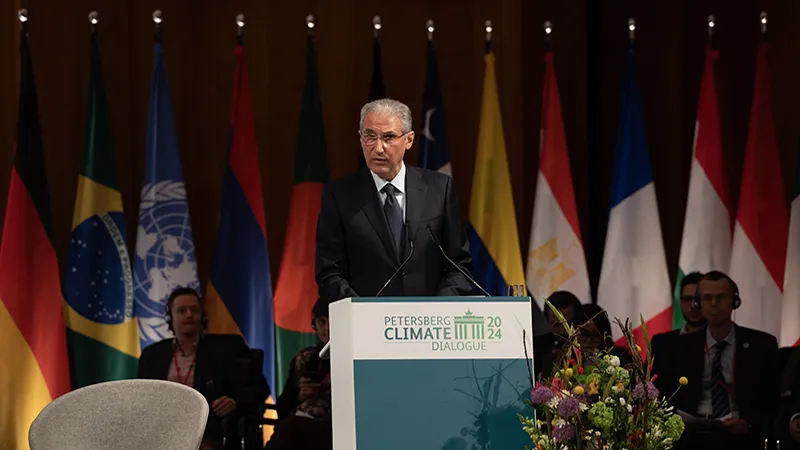The move towards net zero is one of the major tailwinds for listed infrastructure, according to Shane Hurst, portfolio manager at ClearBridge Investments.
The firm estimates that to even get close to net zero by 2030, power spending needs to increase from about US$0.8trn to US$2.5trn per year.
“Specifically, spending on wind and solar needs to increase 5.5x by 2030 in order to be on track for a net-zero outcome by 2050,” said Hurst.
Similarly, to reach net zero by 2050, by 2030 60% of all cars sold annually will need to be electric, he added, while the International Energy Agency only puts the figure for 2023 at 18%.
Reshoring is another major theme in the wake of Covid, as supply chains have started to shorten and become more domestic.
In the US, for example, 83 new clean energy manufacturing facilities or expansions have been announced since the Inflation Reduction Act started incentivising local manufacturing.
“This not only benefits utilities but also electric vehicle transport infrastructure needing electricity sourced from renewable energy,” said Hurst.
Other government-led manufacturing incentives tied to clean energy have been announced in the EU, UK and Canada.
As a result, despite the drop in share prices, ClearBridge believes utilities remain attractive due to these incentives as well as continued solid fundamentals.
This is an extract from an interview in ESG Clarity’s sister publication Fund Selector Asia.









